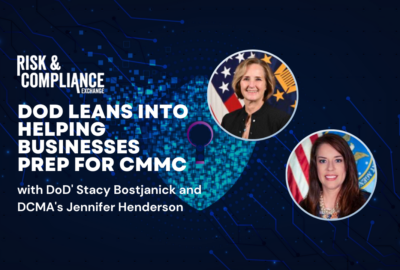Supporting STEM leaders: 5 things we need to do
The STEM leader profile clearly shows the STEM leader is unlikely to be effectively served by traditional leader development programs.
wfedstaff | April 17, 2015 6:12 pm
Commentary by Jeff Neal
Founder of ChiefHRO.com
& Senior Vice President, ICF International
This column was originally published on Jeff Neal’s blog, ChiefHRO.com, and was republished here with permission from the author.
A few years into my career, I had the opportunity to work at the Naval Research Laboratory (NRL). NRL is an amazing research facility that has produced a wealth of scientific knowledge since it was conceived by Thomas Edison in the 1920s. One of the great lessons I took from NRL was the unique challenge of recruiting, developing, retaining and leading employees in Science, Technology, Engineering and Math (STEM) positions.

Trying to hire a truly world class physicist who may be one of a handful of people on the planet who can do what s/he does is hard enough. Providing leadership to such a scientist and helping him/her become a more effective leader is even harder. NRL found it was a challenge just to find staff who were interested in taking on leadership roles. Many of their key researchers were so focused on doing good science that being a manager was the last thing they wanted to do.
Flash forward 25 years and the situation has only become more pressing. I spoke with several of my ICF colleagues recently regarding a white paper they prepared for the National Science Foundation (NSF). NSF asked us to conduct a literature review on the subject of STEM leadership. Because NSF’s mission is to promote the progress of science and to keep the United States on the leading edge of discovery, STEM leadership is a subject they take seriously. What we learned is that the profile of a STEM leader is very different from that of the general workforce.
The STEM Leader Profile*
- On average, the individual STEM professional profile tends towards cognitive-not interpersonal-strengths.
- Interpersonal relations and self-awareness are common developmental needs.
- Despite difficulties leading and understanding subtle dynamics within project teams, STEM leaders have a high capacity and strong motivation to learn.
- STEM leaders are tough critics and are less likely to be satisfied with their own accomplishments than other professionals.
- STEM leaders require empirically sound data to demonstrate benefits and utility of approaches, especially non-technical initiatives such as leadership development.
The STEM leader profile clearly shows the STEM leader is unlikely to be effectively served by traditional leader development programs. There are several actions we can take now to address the specific needs of the STEM leader.
What We Need to Do to Support STEM Leaders
- Developmental approaches need to be synchronized among federal agencies, academic institutions and private companies.
- STEM leaders must tailor leadership approaches to various situations, including research project phases, program funding negotiations and strategic discussions regarding research portfolios.
- Building a strong learning goal orientation within project teams and among STEM leader peers can strengthen an organization’s climate for development.
- Achieving traction with developmental efforts can occur when senior STEM leaders place expectations on more junior STEM leaders to set and pursue developmental goals.
- Structured opportunities to practice giving and receiving feedback are vital for STEM leaders to build managerial capacity.
The human capital challenges of the STEM workforce are different in many ways from those of the general workforce. Because the STEM workforce requires a higher level and more specific type of education than many other occupations, it has unique issues. For example, many STEM leaders come from academia. The employment model in academia is shifting toward more contingent faculty, leading to a generation of STEM leaders who may have less organizational experience. The issues facing women in STEM leadership are also different, in part because significantly fewer women are in the STEM workforce (24 percent) versus the general workforce (48 percent).**
The issue is of such importance to the STEM community that on the morning of Feb. 13, 2014, NSF and ICF are hosting a panel discussion at NSF on key challenges faced in-and proven strategies for-preparing and sustaining scientist-leaders in the Federal Government. More information regarding the event is available here.
* Sources: Cohen and Cohen, 2012; Parker and Welch, 2013; Sansone and Schreiber, 2006
** Source: Women in STEM: A Gender Gap to Innovation, 2011; U.S. Department of Commerce, Economics and Statistics Administration
MORE COMMENTARY FROM JEFF NEAL:
Should We Replace The General Schedule?
Four Decisions That Can Make or Break Training Programs
Government Management Is Not an Oxymoron
Copyright 2014 by Jeff Neal. All rights reserved.
Jeff Neal is founder of the blog, ChiefHRO.com, and a senior vice president for ICF International, where he leads the Organizational Research, Learning and Performance practice. Before coming to ICF, Neal was the chief human capital officer at the Department of Homeland Security and the chief human resources officer at the Defense Logistics Agency.
Copyright © 2024 Federal News Network. All rights reserved. This website is not intended for users located within the European Economic Area.





